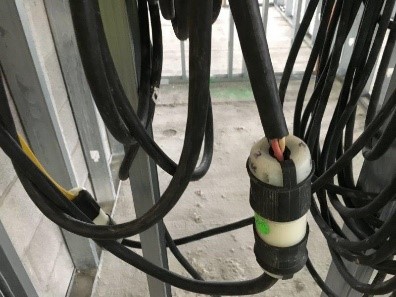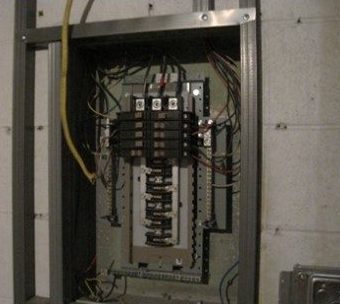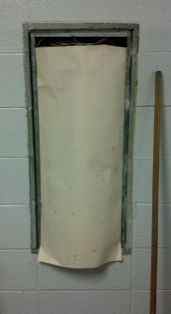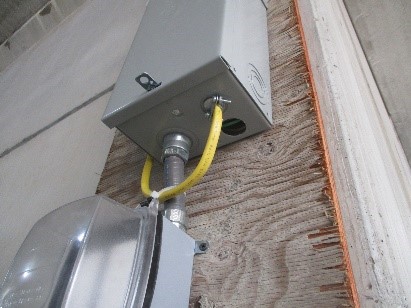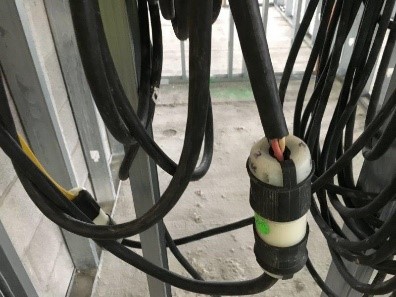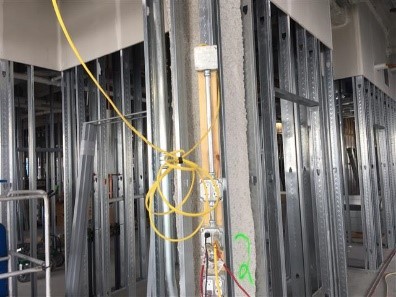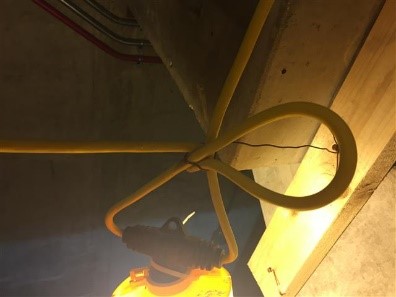[et_pb_section fb_built=”1″ admin_label=”section” _builder_version=”3.22″][et_pb_row _builder_version=”3.26.5″][et_pb_column _builder_version=”3.26.5″ type=”4_4″][et_pb_text _builder_version=”3.26.5″]
Electrical Safety: Common Hazards
739 employees lost their lives to work-related electrical incidents between 2012 and 2016 according to data from the US Bureau of Labor Statistics. Many of these fatalities occurred from direct exposure to electricity, however 42% of fatalities came from an indirect exposure. The exposure and risk of injury when it comes to electricity goes far beyond protecting from direct contact with a live wire. It requires a conscious effort to protect from both the known and unknown exposures at all times.
Familiarity leads to dangerous habits. Workers risk their lives every day when they don’t treat electricity as a serious hazard. Any voltage can be lethal if there is enough current flowing through the body. Electrocution isn’t the only hazard. Arc flash is a lethal hazard and becomes more likely based on employees’ bad habits. Employee exposures can be reduced if we work with our employees and prevent them from developing dangerous habits.
6 Common Electrical Hazards
[/et_pb_text][/et_pb_column][/et_pb_row][et_pb_row admin_label=”row” _builder_version=”3.25″ background_size=”initial” background_position=”top_left” background_repeat=”repeat”][et_pb_column type=”4_4″ _builder_version=”3.25″ custom_padding=”|||” custom_padding__hover=”|||”][et_pb_text _builder_version=”3.26.5″]
[/et_pb_text][et_pb_text _builder_version=”3.26.5″][/et_pb_text][et_pb_text admin_label=”Text” _builder_version=”3.0.74″ background_size=”initial” background_position=”top_left” background_repeat=”repeat”]
Don’t let your employees become victims of electrical hazards. Many workers believe that they are working safely because they’ve never had an incident, mistaking luck for safety. If you see these habits and don’t correct them immediately, you’re telling your workers that you approve of their unsafe habits. Identify and correct unsafe habits before an employee is fatally injured; don’t let your inaction send the message that dangerous behaviors are acceptable.
[/et_pb_text][/et_pb_column][/et_pb_row][/et_pb_section]

